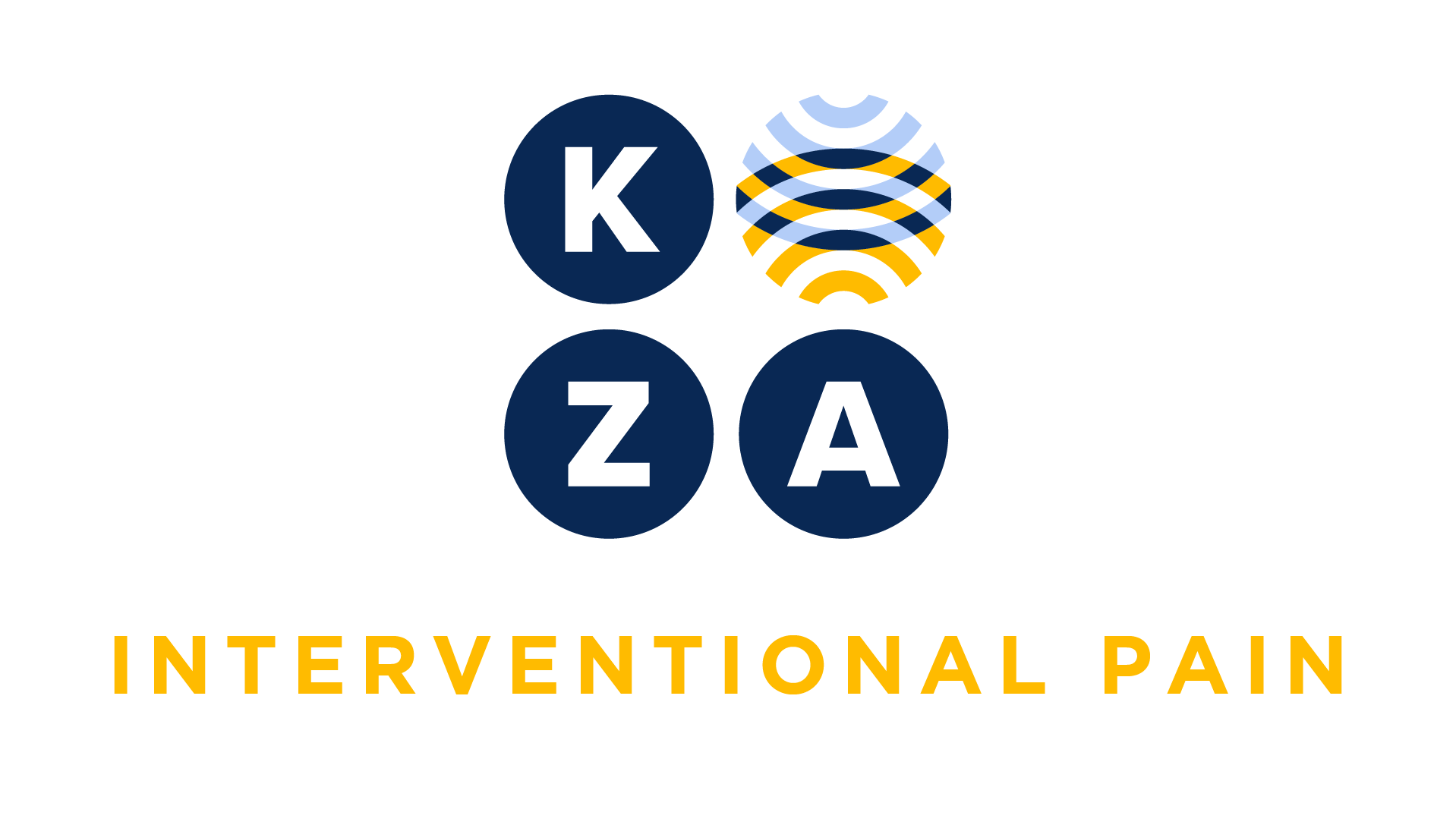
Choose your specialty from the list below to see how our experts have tackled a wide range of client questions.
Looking for something specific? Utilize our search feature by typing in a key word!
Remote Patient Monitoring
We are going to begin using remote therapeutic monitoring in our pain practice to monitor our patients pain functional status and compliance with exercise therapy. For the initial set up and education can our MA perform this service?
Question:
We are going to begin using remote therapeutic monitoring in our pain practice to monitor our patients pain functional status and compliance with exercise therapy. For the initial set up and education can our MA perform this service?
Answer:
Yes, the clinical staff may perform the initial set up, and education on setting up the device as long as a physician or other qualified healthcare professional prescribes it. Unlike remote physiologic monitoring, the remote therapeutic monitoring codes (RTM) must be provided under direct supervision which means the physician or other qualified QHP must be in the office suite. However until the year in which the public health emergency (PHE) ends audio visual communication is accepted as direct supervision. Once the PHE ends, this will no longer be the case. The correct CPT code to use for the initial setup and patient education is 98975.
ER Visit Coding
What code do use when our pain doctor sees a patient in the emergency department for a consultation at the request of the ED physician? Our pain doctor treated the patient and discharged the patient from the ED.
Question:
What code do use when our pain doctor sees a patient in the emergency department for a consultation at the request of the ED physician? Our pain doctor treated the patient and discharged the patient from the ED.
Answer:
Since the patient was not admitted your physician to the hospital you code it as an ED visit, 9928x, when the payor does not recognize the consultation (9924x) codes.
Billing for a Neurostimulator Implant
My physician billed implanted a neurostimulator into the sacral nerve for urinary incontinence. We billed CPT codes 64562 and 95972 for a Medicare patient. Medicare denied CPT 95972 for the analysis and programming. My physician says it should be paid and we should appeal. Can you provide advice?
Question:
My physician billed implanted a neurostimulator into the sacral nerve for urinary incontinence. We billed CPT codes 64562 and 95972 for a Medicare patient. Medicare denied CPT 95972 for the analysis and programming. My physician says it should be paid and we should appeal. Can you provide advice?
Answer:
Based on CPT guidance (February CPT Assistant 2019; “When a neurostimulator or its components is implanted, electronic analysis is inherently included as part of the implantation procedure.” You cannot report the analysis and programming of a neurostimulator on the same date of service as it is included in the implantation of the device.
Acute versus Chronic Conditions for Office E/M Services
When determining if an illness is chronic versus acute is it based on how long the patient has had the condition or is it based on if the condition is considered a chronic or acute condition?
Question:
When determining if an illness is chronic versus acute is it based on how long the patient has had the condition or is it based on if the condition is considered a chronic or acute condition?
Answer:
The AMA defines chronic as: A problem with an expected duration of at least a year or until the death of the patient.
An Acute problem is “A recent or new short-term problem with low risk of morbidity for which treatment is considered. There is little to no risk of mortality with treatment, and full recovery without functional impairment is expected.” An acute problem can be uncomplicated, acute complicated or acute with systemic symptoms. Please reference thislinkfor the AMA definitions.
Keep in mind the practitioner should document the whether the condition is acute or chronic if the condition is stable or exacerbating.
New Patient Visit Denied, What Should I Do?
One of our pain management physicians saw a patient the first time in our office. We billed 99204. The insurance carried denied the service. I contacted the insurance carrier and was told that the patient was an established patient to the practice and should be reported as an established patient. The patient did see another pain management physician in our group practice who did an injection a year ago, but it was in another city. Is the insurance carrier correct or should I appeal this?
Question:
One of our pain management physicians saw a patient the first time in our office. We billed 99204. The insurance carried denied the service. I contacted the insurance carrier and was told that the patient was an established patient to the practice and should be reported as an established patient. The patient did see another pain management physician in our group practice who did an injection a year ago, but it was in another city. Is the insurance carrier correct or should I appeal this?
Answer:
Since the pain management physician in the other city is part of your group and is of the same specialty with the same taxonomy code, the patient encounter for the physician in your office should be coded as an established patient visit not a new patient visit.
Per CPT Coding Guidelines: “A new patient is one who has not received any professional services from the physician/qualified health care professional or another physician/qualified health care professional of theexactsame specialtyand subspecialtywho belongs to the same group practice, within the past three years.”
Since your claims was denied, it is recommended that you file a corrected claim and bill the encounter as an established patient.
Counting Problems Addressed for Medical Decision Making
If a patient has one stable chronic illness and one acute uncomplicated illness without systemic symptoms, can we “up” the level of Problems Addressed to Moderate?
Question:
If a patient has one stable chronic illness and one acute uncomplicated illness without systemic symptoms, can we “up” the level of Problems Addressed to Moderate?
Answer:
No, sorry, unfortunately it does not work that way. The problems are no additive or cumulative. One stable chronic illness and one acute uncomplicated illness without systemic symptoms is still Low Problems Addressed.
Do you have a Coding Question you would like answered in a future Coding Coach?
If you have an urgent coding question, don't hesitate to get in touch with us here.

